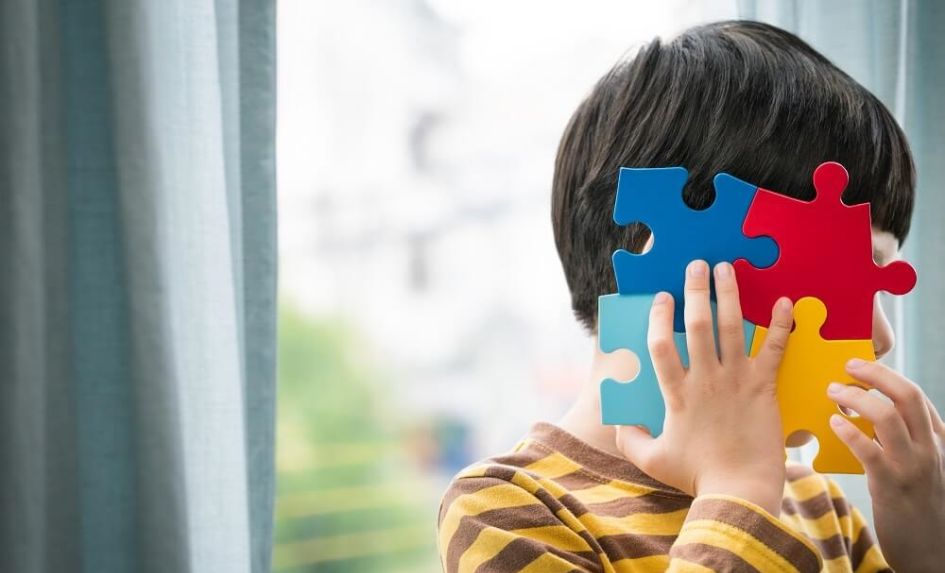Our moment of clarity, around getting the right approach for the children’s mental wellbeing, came about seven years ago.
At that time, we had interventions and strategies in place to manage behaviour but we felt they didn’t offer the support some of our children so desperately needed. As a result, we had high levels of behaviour sanctions and fixed term exclusions.
We realised that we needed to do things differently and for us this started with a recommendation from another school which had successfully embedded the Thrive Approach as a means of supporting pupils’ mental wellbeing.
We have definitely seen a positive shift in behaviour as a result. Our exclusion and sanction rates have decreased significantly and the children are now able to communicate their needs and talk about why they’re struggling. Attainment levels have also improved because children are in class, calm and ready to access learning.
Environment
We recognise that what some may label as ‘bad’ behaviour is usually a distressed child who is trying to communicate an unmet need without having the cognitive or language skills to process and verbalise their feelings.
We have made a conscious choice to manage behaviour in a positive way and to provide a safe and calm environment for children to begin to learn to regulate their own emotions and to manage their own behaviour.
This doesn’t mean that we condone disruptive or damaging behaviour. We have a behaviour booklet which clearly sets out what we expect of our children and the consequences for not following these rules
When we see a child who is experiencing emotional, social or behavioural difficulties, we seek to provide support for them and to understand what is going on for them. This includes ‘chill and chat’ sessions where children have a safe place to go at lunchtime if they need someone to talk to.
We also have the blue room, a safe, quiet space which is available for children to go to during lessons if they need some quiet time to manage and regulate their emotions.
Relationship
Activities such as storytelling, circle games, arts and crafts, movement and relaxation, sand play and puppet work have helped us to provide space for children to explore their emotions and the strategies that help to manage ‘big feelings’.
We have also found that by taking this approach, the relationship children have with staff has improved dramatically and that with trust and empathy these adults can really help children to explore their feelings and begin to verbalise what they are feeling.
The approach we have taken has helped us to manage the impact of Covid-19 on our school community. We were worried about how the children would come back to school but we found that the work we have done around mental wellbeing has made our children more resilient.
Throughout the disruptions of Covid-19 we have focused on mental wellbeing.
For vulnerable and key worker children who continued to physically attend school, we ran activities and lessons based around mental health and for children who were being homeschooled, we published relevant activities with the same focus on the school website on a weekly basis.
Our pupils have come back to school with a really positive attitude and they are clearly very happy to be back.
Holly Pottle, deputy headteacher of Thomas Arnold Primary School in Dagenham









